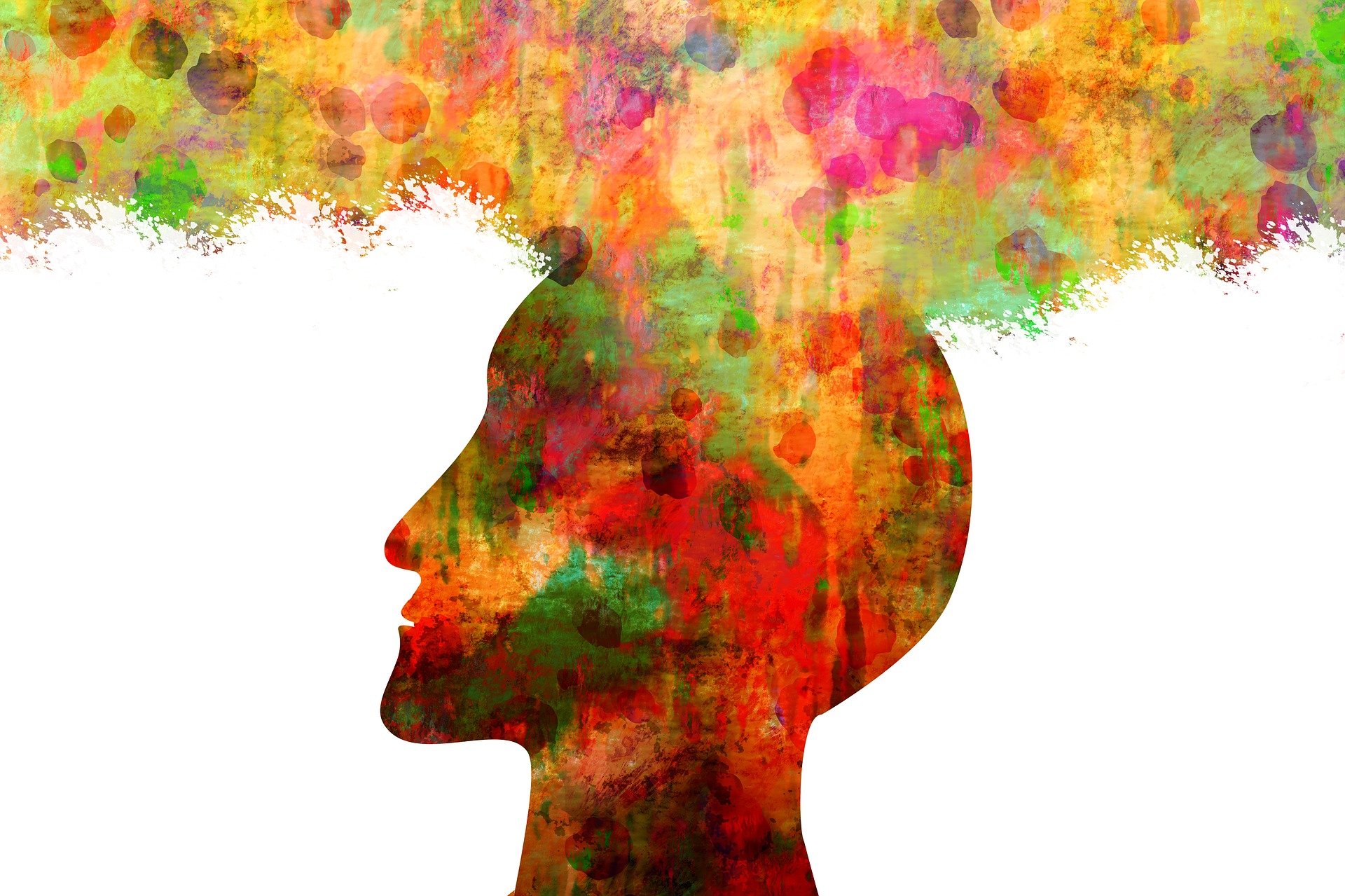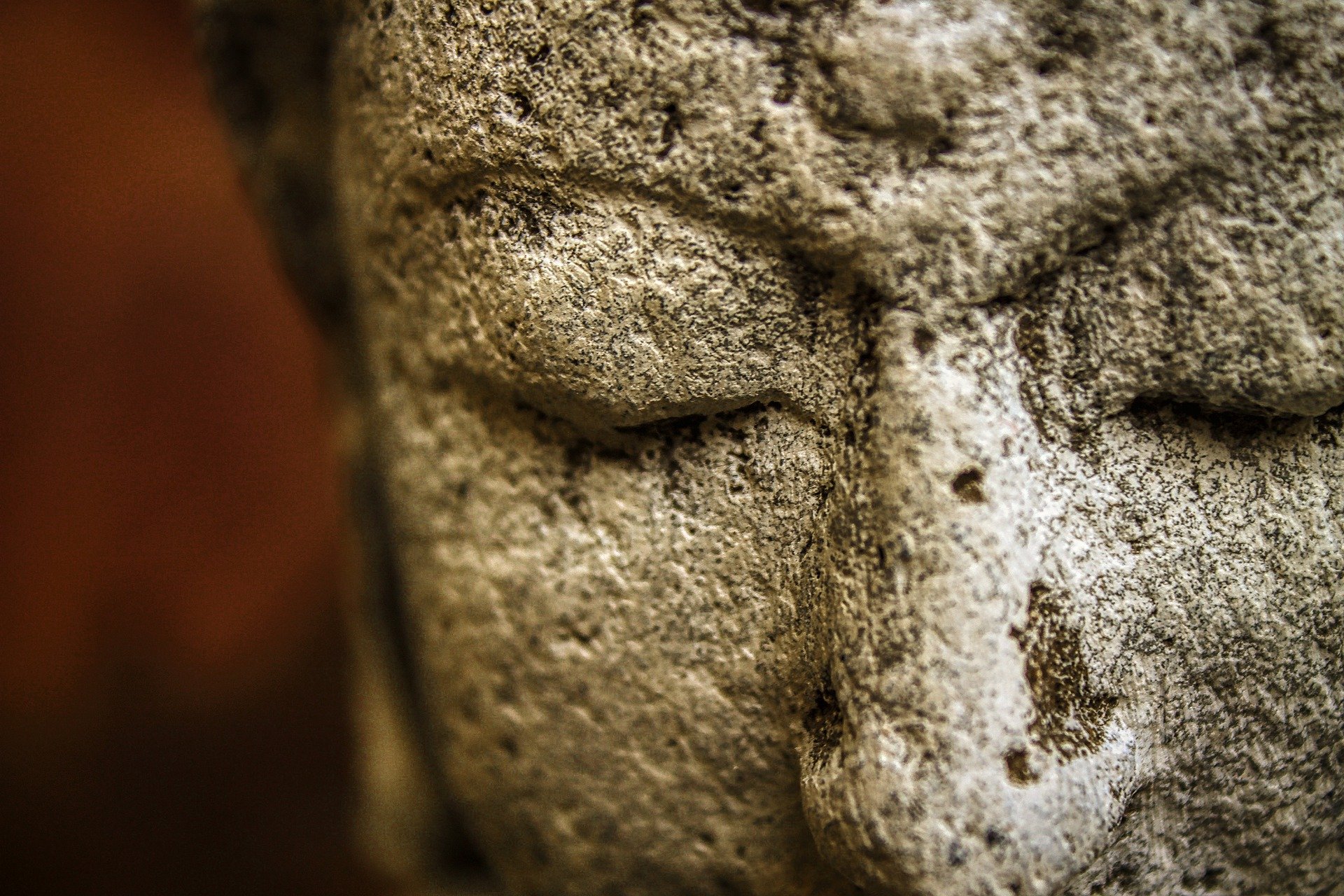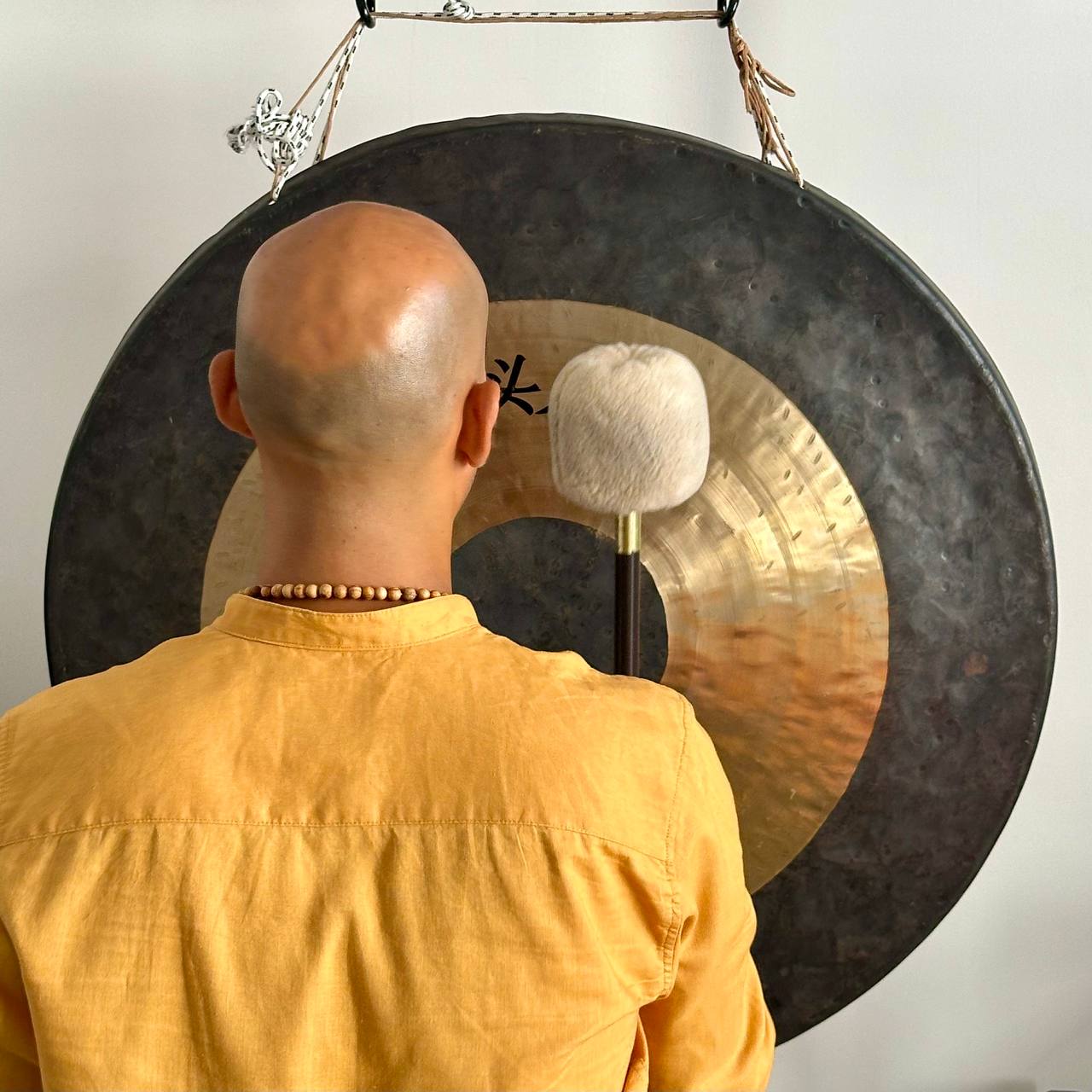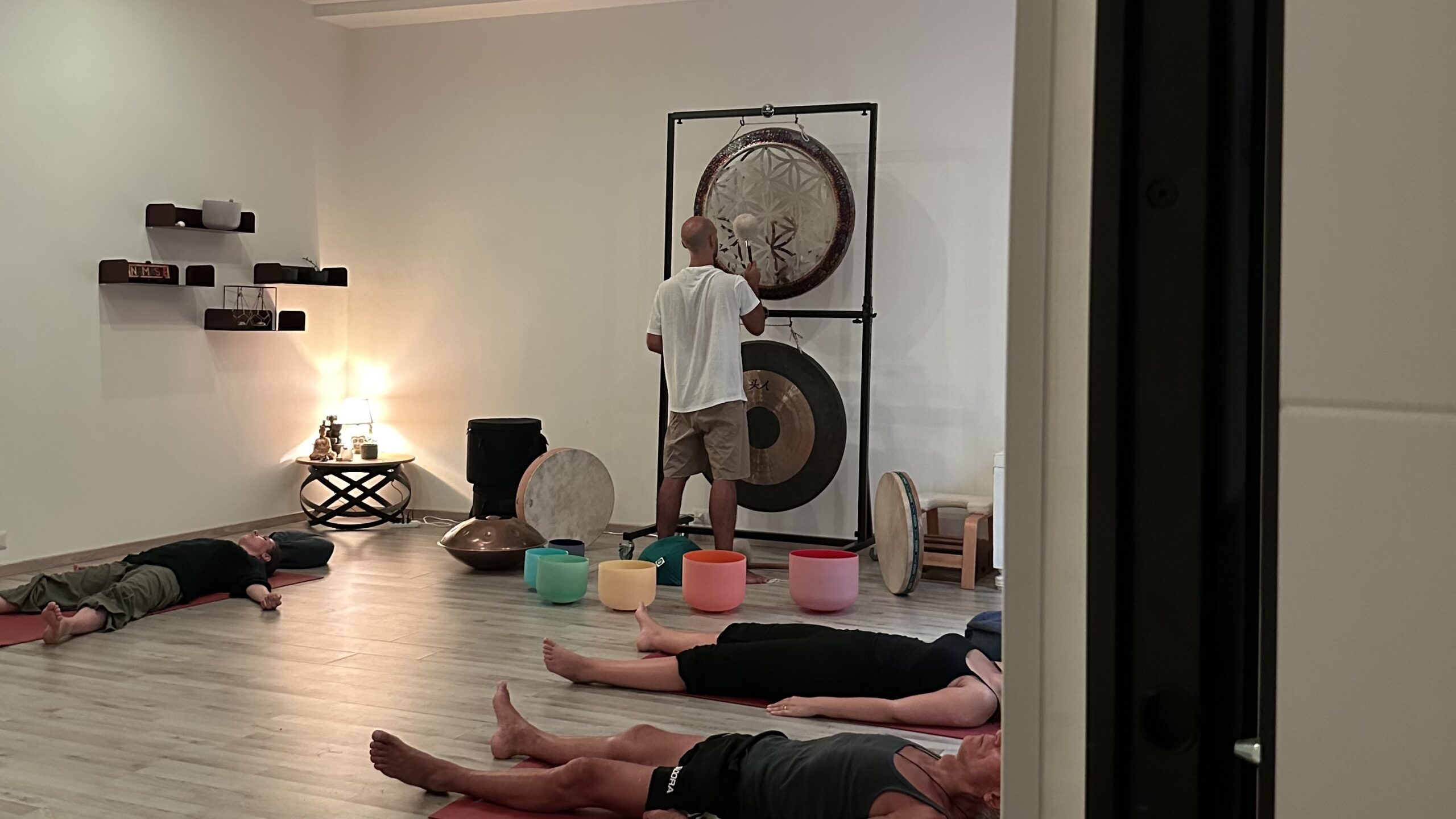WHAT IS MEDITATION
In this practice, concentration develops in observing the processes of the mind and body in their continuous evolution. The original concept of “penetrating vision” or “special vision”, or in Pali “Vipassana“, was illustrated in the “Discourse on the Four Foundations of Mindfulness” (Satipatthana Sutta ) and has been part of the oriental meditative tradition for thousands of years.
In this discourse on mindfulness the Buddha enshrines four valid objects for meditation: the body, feelings, mind and mental factors. This, along with other teachings, is the central focus of the Theravada tradition. The latter is a form of Buddhism now widespread especially in Southeast Asia (Thailand, Sri Lanka) and is usually identified as the oldest and most original tradition of the Buddha’s teachings.
In the various meditation practices today, we can learn to stop and go deeper within ourselves, to perceive inner spaces that usually do not enjoy our attention. This is useful for cultivating a space for relaxation, for recovering energy and feeling more rested, for inserting a moment of contact with ourselves into our daily lives.
Today, in our contemporary society, most of us lead a frantic pace and constantly receive a huge number of outside inputs. We live immersed in visual, auditory and emotional stimuli. It is a profoundly different lifestyle from the ancient civilizations which based spiritual awakening on meditative practices.
To carry out a profound work of inner transformation, therefore, the mere use of meditation is insufficient, as it remains separate from daily life. If we allow ourselves to meditate for twenty minutes every day and that’s it, we create a sort of separation between the practice and the everyday. It becomes an attitude similar to when we play sports: I go to pilates three times a week, then the rest of the time I live my life. Of course, I will have benefits that will “stabilize” over time even in everyday life, that is, my posture will improve, my muscles will be stronger, but during my days I will think and do anything but. Mindfulness and meditation are complementary in this sense.

WHAT IS AWARENESS
The term Mindfulness is a translation of an ancient term in the Pali language “sati” which means precisely awareness, pay attention, solicit attention. This term is characterized by a nuance related to recollection, remembering, remembering to constantly return to direct observation of experience when one realizes that it has been lost.
From the moment we come into the world, “the here and now” is the only thing we have.
• We can learn from the past, but we cannot relive it.
• We can hope for a future, but we are not sure if there is one.
Yet most of us don’t live in the present.
- We tend to worry too much about the future
- We always ruminate on the past
Mindfulness means being aware and fully present in what is happening in the present moment, entering the here and now in a non-judgmental way .
The diffusion of the practice of mindfulness in Western culture is due to Jon Kabat-Zinn, biologist and professor at the School of Medicine of the University of Massachusetts. Jon Kabat-Zinn, considered the father of mindfulness in the scientific field, entered MIT in Boston in 1971 and it was during this period that he began to devote himself to yoga and Zen meditation thanks to masters such as Thich Nhat Hanh.
It is in this cultural context that Jon Kabat-Zinn outlines the difference between meditation and mindfulness and the difference between yoga and mindfulness and thus develops the MBSR (Mindfulness Based Stress Reduction) program in 1979. This type of program is designed to promote physical and emotional relaxation through “indirect” or “central” practices of mindful awareness at the in order to increase the well-being of the individual, the management of stress and favor the correct functioning of the body’s natural self-healing resources >.

This protocol was subsequently developed and applied not only in a clinical setting or in an educational and organizational setting and becomes a real lifestyle with mindfulness exercises for every moment of the life. day, in fact the practice of Mindfulness can be practiced in a formal and informal way.
The practice of formal awareness requires you to carve out time every day to devote to meditation, in silence, paying attention to your breath, senses, emotions, sounds, etc.
The practice of informal awareness, on the other hand, does not follow precise rules. It consists of becoming aware of everyday life, paying new attention to all those daily activities that we often carry out by putting them on “autopilot”: eating, walking, taking a shower, driving, doing household chores, etc.
WHAT IS THE DIFFERENCE BETWEEN MEDITATION AND MINDFULNESS?
The real difference between Mindfulness and Meditation is that the first contains the second, but it is also much more.
If we really want to make a awareness leap, using only meditation would slow down the process by a long time. Instead, applying self-observation in action allows us to speed up the process of awakening from mechanical automatisms. The practice of Mindfulness, through self-observation, allows us to understand that thoughts come and go, and we are not our thoughts. Mindfulness allows us to catch our negative thought patterns before they suck us into a downward spiral. It gives us back control of our lives.
The Mindfulness protocol exercises help us develop the ability to be open and compassionate and to stop chasing all those thoughts that we judge harmful, irrational or useless, observing them for what they are without trying to block them, because we would get the opposite effect. Any attempt to eliminate thoughts is a fight against the mind which only increases stress.
If you want to know how to practice mindfulness in your daily life, here is an article on 5 guided mindfulness exercises to try immediately

THE SEVEN PILLARS OF AWARENESS
To ccultivate awareness therefore you don’t need to learn some instructions mechanically, but first of all you need to assume an attitude of complete mental openness, only in this way can you learn and accept things as they are.
The seven fundamental aspects of the attitude with which we approach mindfulness and meditation and which then help us in daily life are:
1. NO JUDGMENT
When we pay attention to the flow of thoughts in our mind, we realize how much we judge our daily experience and this does not help us find inner peace; one must place oneself in an attitude of “impartial testimony” of one’s own experience, i.e. be aware of this mode of judgment and when a judgment occurs, do not try to repress it, but simply observe everything that is openly presented , including judgmental thoughts.
2. PATIENCE
Patience is very important when the mind is agitated, especially when, during the practice of meditation, thoughts dominate the perception of the present moment. With practice you become open and accept each moment as it is, knowing that things will ripen in their own time.
3. BEGINNER’S MIND
Assuming the beginner’s mind means opening up, abandoning the attitude of thinking that you already know, dropping any expectations that are based on past experiences. Observe everything, each person as if it were the first time, without using the filter of our thoughts and our opinions.
4. TRUST
In mindfulness practice it is emphasized that it is important to find guidance within oneself. The only thing one must aspire to is to become fully oneself and develop a basic confidence in one’s sensations. Cultivating self-confidence will help us to trust others too and to recognize the positive aspects in them.
5. ACCEPTANCE
This is the fundamental premise of change, which instead is often hindered by forcing situations as we want, thus creating further tensions. Acceptance does not mean resignation or passive acceptance of things or renunciation of one’s needs, but simply the willingness to see things as they are, without our judgements, in this way we can have a clearer vision of things and we will succeed being able to act better with more conviction and only in this way will change be possible, only by accepting ourselves with awareness.
6. DON’T SEEK RESULTS
Most of the things we do, we do to get a certain result. In the practice of Mindfulness this is an obstacle. For example, starting meditation thinking of relaxing, of achieving well-being, of not feeling pain, of becoming a better person, already means establishing a result to be achieved, consequently implying that, as we are, we are not doing well. Mindfulness allows you to be completely yourself, without having the goal of “doing”, but only to pay attention to what is happening in each moment, for example, if you are tense, pay attention to tension, observing it. It’s not just trying to get results, the best way to get benefits is meditation and with practice these results will come.
7. LET GO
Letting go, understood as non-attachment, is a form of accepting things as they are. Our mind tends to get attached to thoughts, emotions and situations. If they’re pleasant, he’ll try to remember them over and over again. If, on the other hand, they are unpleasant, cause us pain or scare us, our mind tries to avoid them, as a form of protection. During practice we limit ourselves to observing thoughts, emotions, sensations, accepting them as an experience of the moment and letting go.
Here is a fundamental practice of Mindfulness meditation:
Mountain Meditation helps you center yourself when you find yourself facing particularly turbulent moments in your life. Find a quiet environment, sit comfortably with your back straight and try it now!







